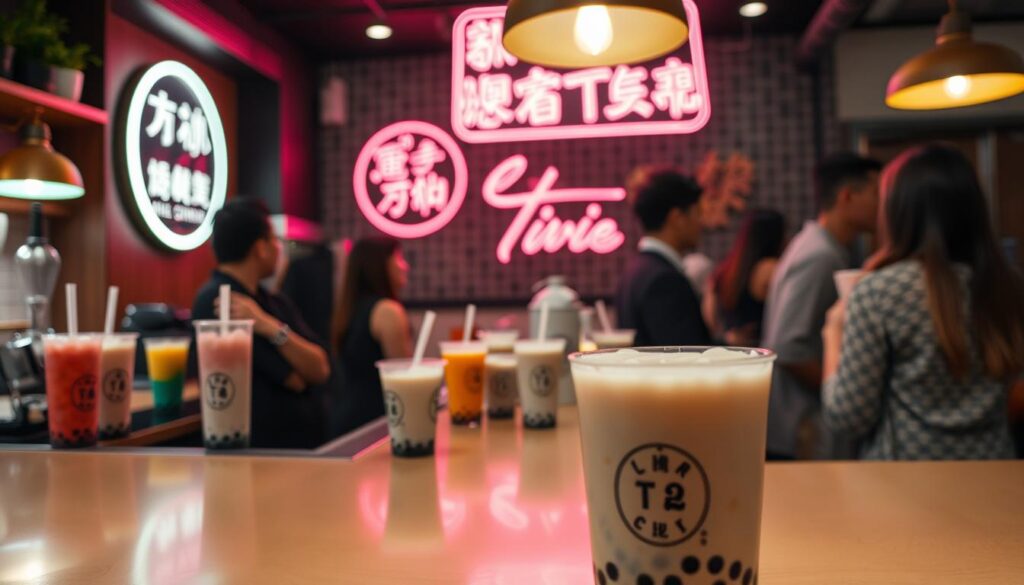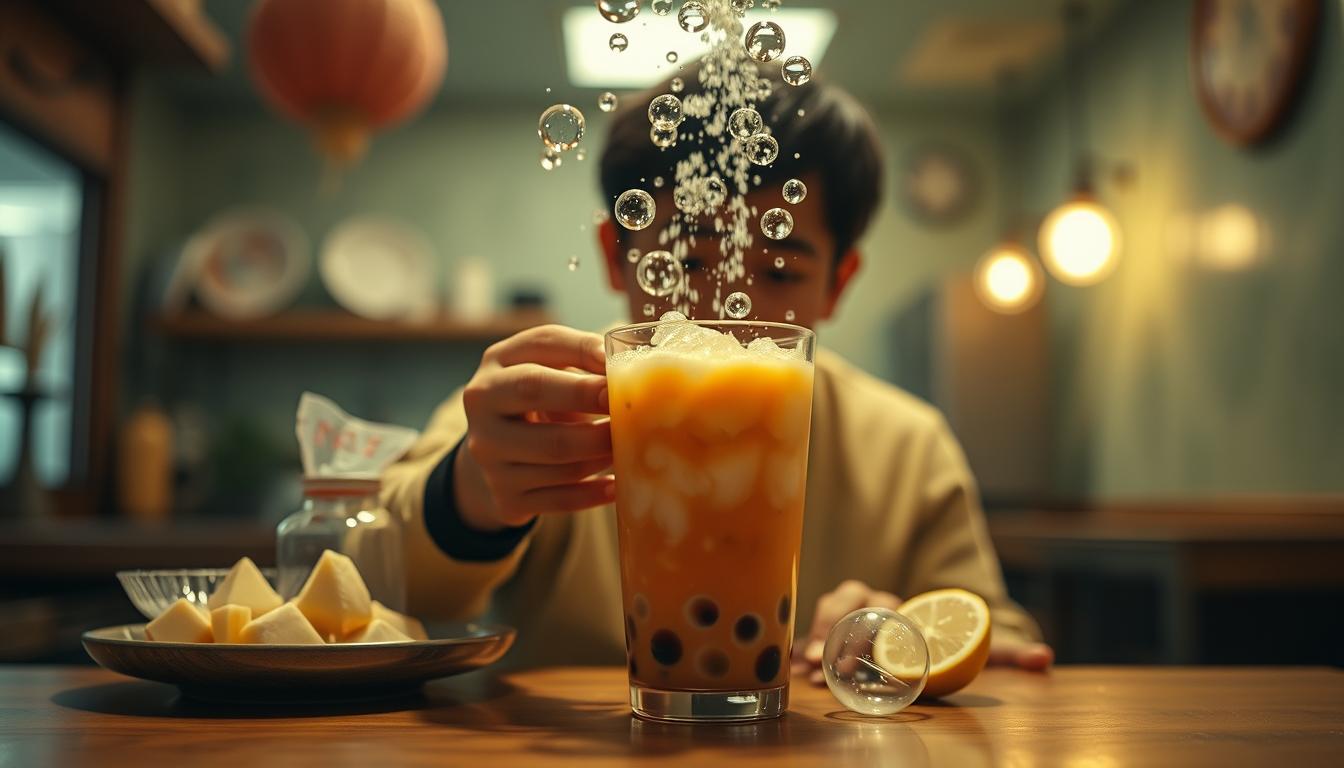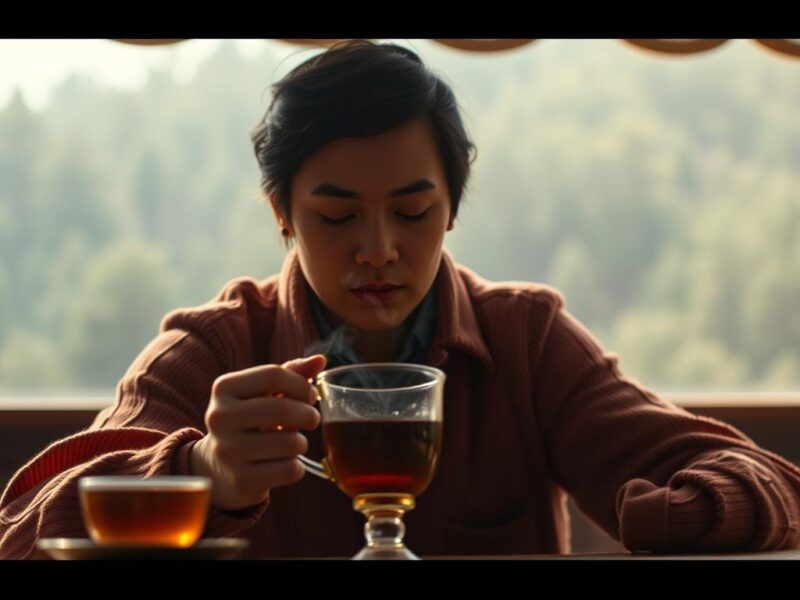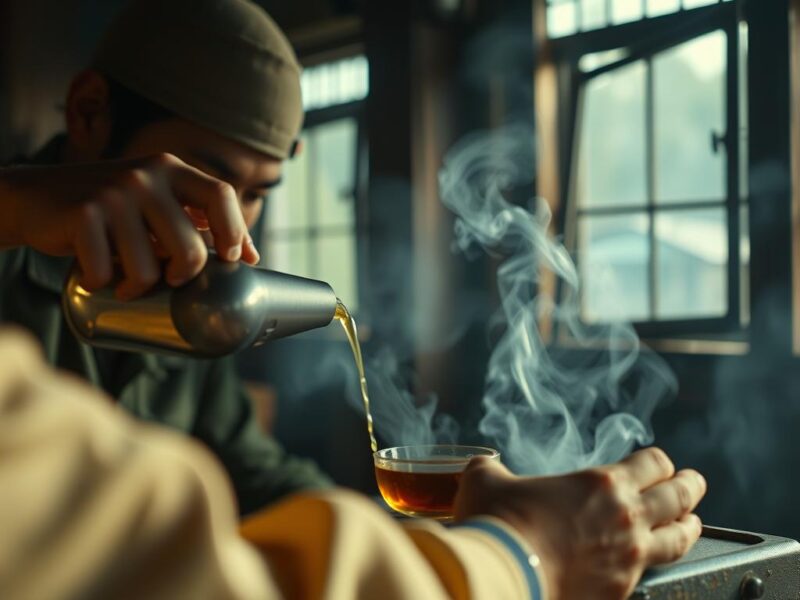The Rise of Bubble Tea: A Global Trend
Bubble tea has become a worldwide favorite. What started in Taiwan in the 1980s is now a multi-billion-dollar industry. Shops selling bubble tea flavors are everywhere, from big cities to small towns. The mix of tea, milk, and chewy tapioca pearls makes it popular on social media and among food lovers.But what makes bubble tea so special? This blog explores its origins, rise to fame, types, and impact on modern food culture.
Origins of Bubble Tea
Bubble tea, also called boba, was invented in Taiwan in the 1980s. One story credits Lin Hsiu Hui, a tea shop owner in Taichung, who added tapioca pearls to iced milk tea. It became a hit, and soon, Taiwanese bubble tea was everywhere.
Despite the name, “bubble tea” refers to the frothy bubbles that form when shaken, not the pearls. Early versions used black tea, milk, and sugar, but new bubble tea flavors quickly followed.
How Bubble Tea Went Global
Bubble tea spread from Taiwan to China, Hong Kong, and Japan. In the 1990s, it reached the U.S., especially in cities like Los Angeles, New York, and San Francisco.

Today, the best bubble tea is found worldwide, including in Europe and Australia. Shops customize drinks to fit local tastes, making them even more popular.
A big reason for bubble tea’s success is customization. Customers choose tea base, sugar levels, toppings, and ice. This flexibility attracts both traditional tea lovers and those looking for a fun drink.
Popular Bubble Tea Flavors
Bubble tea comes in many varieties. Some of the most loved include:
1. Classic Milk Tea
Black tea, milk, and tapioca pearls make up the original recipe. Variations include oolong and jasmine green tea.
2. Fruit Teas
Made with black or green tea and fruit flavors like mango, peach, or lychee. These are refreshing and light.
3. Brown Sugar Bubble Tea
This rich, caramel-like drink features brown sugar syrup drizzled on the cup’s sides.
4. Matcha Bubble Tea
Matcha powder blended with milk creates a slightly bitter yet sweet taste.
5. Taro Bubble Tea
Made from taro root, this drink has a sweet, nutty flavor and a creamy purple look.
6. Unique Innovations
Modern shops offer creative twists, like cheese foam tea, coffee boba, and floral flavors. New toppings include aloe vera, pudding, and coconut jelly.
Bubble Tea’s Cultural Impact
Bubble tea is a social phenomenon. Its colorful look and chewy pearls make it popular on Instagram and TikTok. Shops attract customers with trendy packaging and stylish interiors.
Drinking bubble tea is often a social experience. Friends meet at tea cafés, making it a community-driven trend. The drink has also introduced many to Taiwanese food and culture.
Is Bubble Tea Healthy?
Bubble tea is tasty but can be high in sugar. Some versions have as much sugar as soda. However, many shops let customers reduce sugar or choose natural sweeteners like honey.
To make a healthier choice, opt for green or oolong tea bases and fewer tapioca pearls. Homemade bubble tea flavors with fresh ingredients can also be a good alternative.
The Future of Bubble Tea
Bubble tea is evolving. Some new trends include:
- Healthier Options – Organic tea, plant-based milk, and lower-sugar choices.
- Eco-Friendly Packaging – Many shops use biodegradable straws and reusable cups.
- Tech Integration – Self-order kiosks, app-based rewards, and even robotic tea makers.
- Alcohol-Infused Bubble Tea – Some shops mix boba with rum, vodka, or whiskey.
Conclusion
Bubble tea has grown from a local drink to a global sensation. Its mix of flavors, customizable options, and social appeal make it a favorite worldwide.
Whether you love classic milk tea, fruity blends, or new creative flavors, there’s a bubble tea for everyone. The industry is evolving, but one thing is clear—bubble tea is here to stay.
With TaazaChai.



